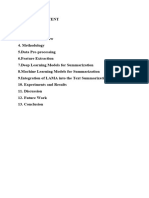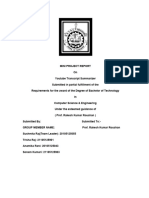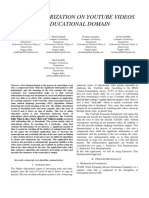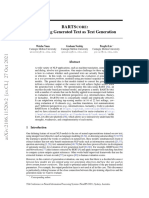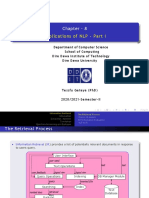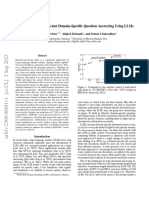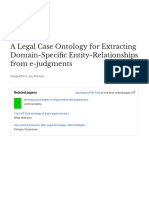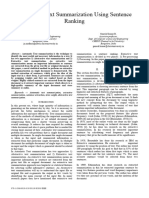0% found this document useful (0 votes)
28 views25 pagesProject Report
The project titled 'Fine-Tuning a Text Summarization Model & Deploying as a Chrome Extension' focuses on creating an automated system for summarizing YouTube video comments using a fine-tuned BART model. It integrates a FastAPI backend with a Chrome extension to provide real-time summarization, enhancing user experience by condensing lengthy comment sections into concise summaries. The work demonstrates the application of NLP and deep learning techniques in developing user-friendly tools for information consumption.
Uploaded by
sailikpandeyofficialCopyright
© © All Rights Reserved
We take content rights seriously. If you suspect this is your content, claim it here.
Available Formats
Download as PDF, TXT or read online on Scribd
0% found this document useful (0 votes)
28 views25 pagesProject Report
The project titled 'Fine-Tuning a Text Summarization Model & Deploying as a Chrome Extension' focuses on creating an automated system for summarizing YouTube video comments using a fine-tuned BART model. It integrates a FastAPI backend with a Chrome extension to provide real-time summarization, enhancing user experience by condensing lengthy comment sections into concise summaries. The work demonstrates the application of NLP and deep learning techniques in developing user-friendly tools for information consumption.
Uploaded by
sailikpandeyofficialCopyright
© © All Rights Reserved
We take content rights seriously. If you suspect this is your content, claim it here.
Available Formats
Download as PDF, TXT or read online on Scribd
/ 25







